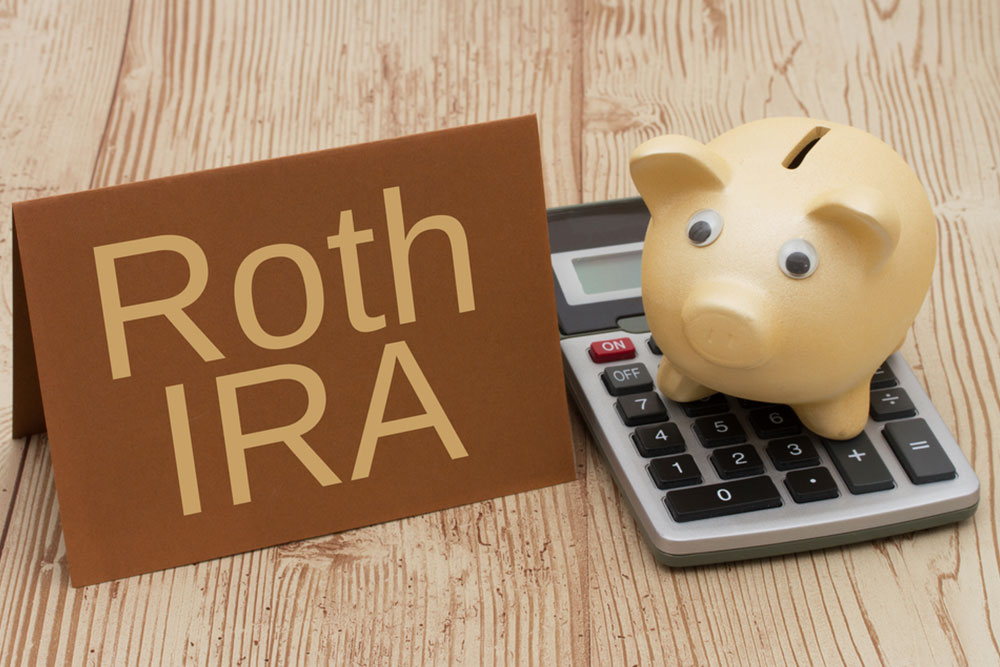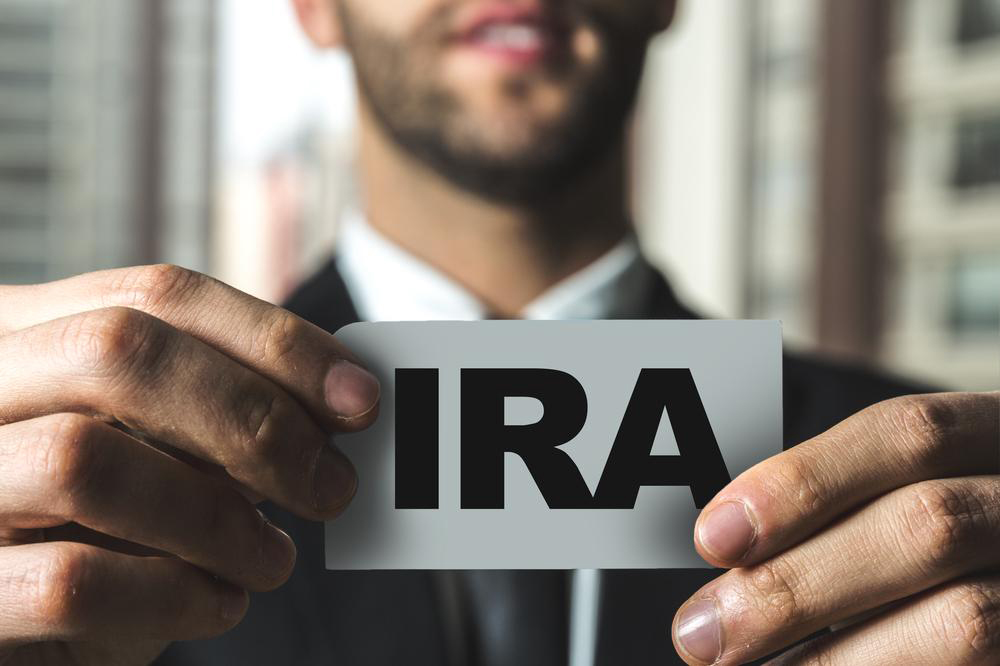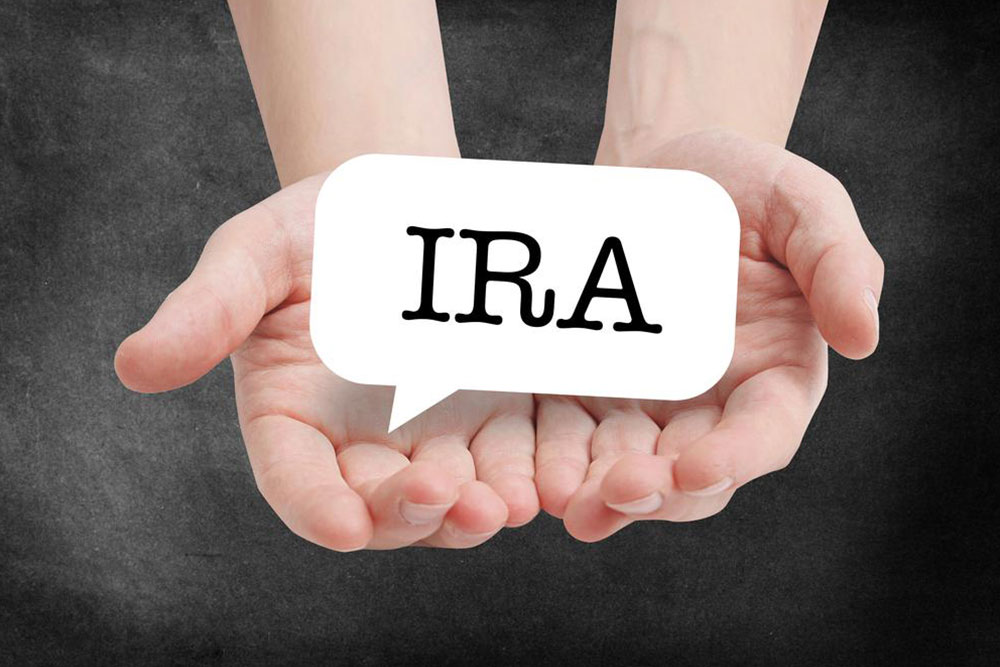Essential Guidelines for Transitioning from 401(k) to Roth IRA
Learn the essential steps and considerations for transitioning your 401(k) to a Roth IRA or Gold IRA. Understand tax implications, procedural rules, and benefits to optimize your retirement savings. This guide helps you choose the best rollover strategy tailored to your financial needs, ensuring a secure and flexible retirement plan.

Key Considerations for Moving Your 401(k) Funds to a Roth IRA
Many individuals opt to transfer their 401(k) savings into an Individual Retirement Account (IRA) to gain more control, access broader investment options, and potentially reduce fees. Here are important points to remember when executing a rollover from a 401(k) to a Roth IRA:
The process involves first rolling over funds into a traditional IRA, then converting to a Roth IRA. A direct rollover from 401(k) to Roth IRA is generally unavailable.
Tax implications apply during the conversion to Roth IRA.
The Roth IRA is designed for after-tax contributions, meaning taxes are paid during the rollover process. The benefit is that future withdrawals are tax-free, including the growth on your investments. If your 401(k) is a Roth type, you might be able to transfer directly to a Roth IRA without additional steps. Additionally, many investors consider rolling over their 401(k) into a Gold IRA for diversification.
The advantages of Gold IRAs include:
Gold's value remains less affected by market volatility, providing stability.
Rollover transactions are tax-free when conducted following IRS guidelines.
A Gold IRA holds physical gold instead of paper assets, which can be liquidated later.
Once you access your funds from the 401(k), you have 60 days to transfer to a verified Gold IRA provider; exceeding this period may trigger tax consequences.
Choosing the right option depends on your financial goals. Both rollover paths are straightforward and can enhance your investment strategy.









